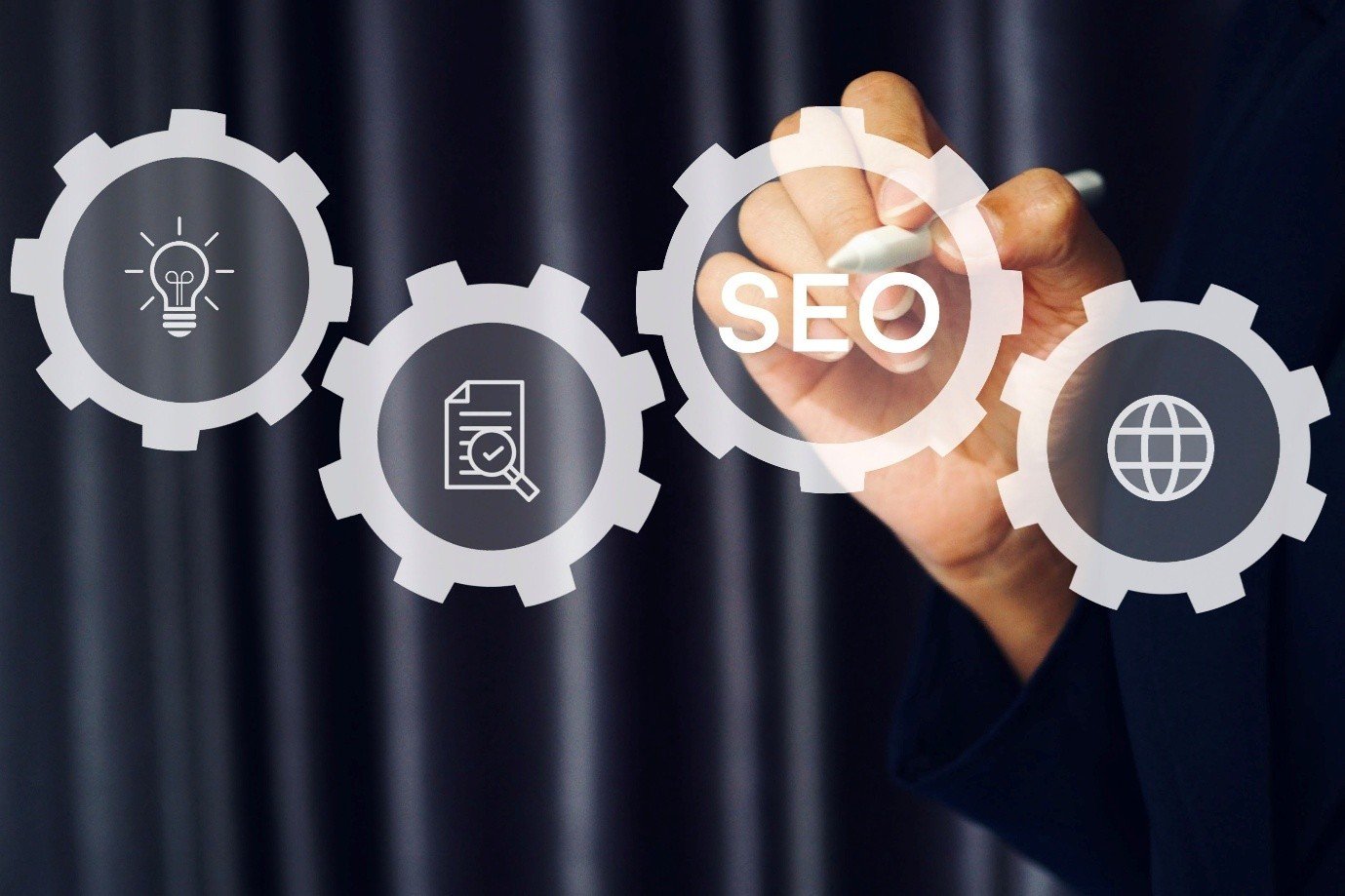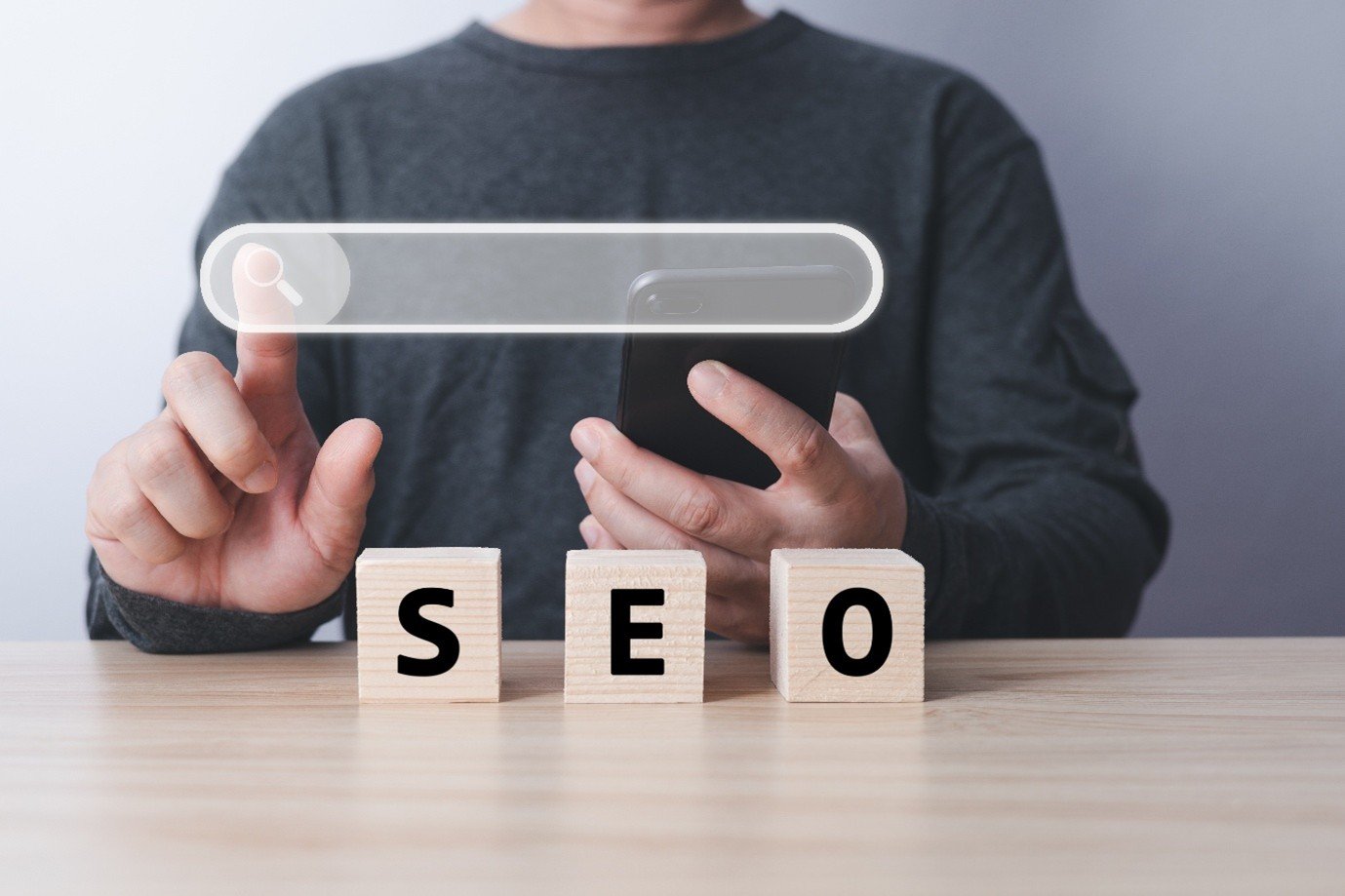Loading

In the digital era, accessibility is no longer optional—it’s a necessity. Websites that embrace accessibility not only serve a broader audience but also significantly boost their user experience (UX) and search engine optimization (SEO). But how exactly does accessibility influence both UX and SEO? Let's dive deep into the intersection of these three pillars and why making your website inclusive pays off in more ways than one.
What Is Web Accessibility?
Web accessibility means designing and developing websites, tools, and technologies so that people with disabilities can use them. This includes users who rely on screen readers, keyboard navigation, voice commands, or alternative input devices.
Accessibility is governed by standards such as the Web Content Accessibility Guidelines (WCAG), which define best practices for making digital content accessible to all users, regardless of physical or cognitive limitations.
Key Areas of Accessibility:
- Perceivable: Content must be presented in ways users can perceive.
- Operable: Interface must be navigable via keyboard or assistive tools.
- Understandable: Users must be able to understand information and UI.
- Robust: Content must be compatible with current and future tech.
Why Accessibility Matters More Than Ever
Ignoring accessibility doesn’t just exclude millions of users—it also puts businesses at legal risk and leads to lost opportunities. According to WHO, over 1 billion people live with some form of disability, making this a massive demographic to consider in digital strategy.
But accessibility is not just a moral or legal obligation—it is a strategic advantage.
It directly contributes to:
- Better usability for all users
- Improved mobile experiences
- Increased SEO performance
- Lower bounce rates and longer time on site
- Higher engagement and conversion rates
How Accessibility Enhances UX (User Experience)
1. Clearer Navigation = Happier Users
Accessible websites are designed with clarity and structure in mind. This benefits all users, not just those with disabilities.
For example:
- Headings are used properly (<h1> to <h6>)
- Navigation menus are keyboard-accessible
- Buttons and links are clearly labeled
These improvements help users quickly find what they’re looking for, which reduces frustration and increases satisfaction.
2. Better Readability
Accessible content is easier to read:
- High-contrast text
- Sufficient font size
- Line spacing and paragraph structure
These adjustments not only help users with visual impairments but also reduce cognitive load for everyone, including neurodivergent users.
3. Responsive Design and Device Flexibility
Accessibility guidelines often overlap with responsive design principles. When a website is accessible:
- It adapts to various screen sizes
- It supports zooming without breaking layout
- It works well across desktop, mobile, and assistive tech
This flexibility contributes directly to smoother, more enjoyable UX.
4. Inclusive Interactions
Features like:
- Voice command compatibility
- Keyboard-only navigation
- Descriptive error messages
All lead to a more intuitive and frustration-free user journey, regardless of user limitations.
How Accessibility Boosts SEO
Many accessibility features naturally align with SEO best practices. Search engines prioritize user-centric design, and accessible websites check that box thoroughly.
1. Semantic HTML Enhances Search Engine Understanding
Using correct HTML elements (like <header>, <nav>, <main>, <article>) helps screen readers and also improves crawlability by search engine bots. It creates a clear content hierarchy.
Benefits:
- Faster indexing
- Improved featured snippet chances
- Better ranking for targeted keywords
2. Alt Text = Context for Search Engines
Descriptive alt attributes on images serve screen readers and also provide extra context to search engines.
SEO Advantage:
- Boosts image search rankings
- Enhances on-page SEO
- Contributes to keyword relevance
3. Fast Load Times (Part of Accessibility)
Sites optimized for accessibility are often leaner and faster. For example:
- Clean code
- Minimal use of heavy scripts
- Optimized images
Search engines love fast sites. Page speed is a known ranking factor, and improving accessibility often speeds things up.
4. Structured Content Aids Crawling
Proper use of heading tags (<h1> to <h6>) and logical content structure:
- Improves readability
- Makes content easier to scan
- Helps search bots understand page intent
5. Reduced Bounce Rate
An accessible site offers a better user experience, which leads to:
- Lower bounce rate
- Higher time-on-page
- More clicks and deeper site exploration
Google interprets these signals as quality indicators, helping improve your site's rank.

Overlapping Benefits of Accessibility, UX, and SEO
Accessibility improvements often create ripple effects that benefit both user experience and search engine optimization. Here are some examples of how specific accessibility practices support all three:
- Semantic HTML enhances structure and clarity. For users, this means easier navigation through clearly defined sections. For SEO, semantic tags help search engines understand the layout and context of your content, improving indexing and visibility.
- Image Alt Text makes visual content accessible to those using screen readers. It also gives search engines additional context, which can boost your rankings in image searches and reinforce page relevance.
- Keyboard Navigation ensures that users who can’t use a mouse can still explore and interact with your website smoothly. This leads to better UX and often results in users staying longer on your site, which sends positive engagement signals to search engines.
- Proper Use of Headings organizes content logically. It helps users scan and understand your content more easily, while also providing structure that search engine bots use to determine topic relevance and keyword alignment.
- Fast Load Speed contributes to a seamless user experience, especially on mobile devices or slower networks. Speed is also a known Google ranking factor, making it beneficial for both usability and SEO.
- Readable Fonts and High Contrast reduce eye strain and improve content legibility. When users can read your content comfortably, they are more likely to engage with it—leading to longer session durations, which search engines interpret as a sign of quality content.
1. Missing Alt Text
- Confuses users relying on screen readers
- Limits image-based SEO visibility
2. Improper Heading Structure
- Breaks content flow
- Degrades content hierarchy for SEO
3. Low Contrast Text
- Hard to read for many users
- Increases bounce rate
4. Unlabeled Buttons and Links
- Inaccessible to assistive tech
- Creates poor UX and engagement signals
5. No Keyboard Navigation
- Makes the site unusable for many
- Decreases page depth and session time
How to Make Your Website More Accessible (and SEO-Friendly)
1. Use ARIA Landmarks Wisely
ARIA (Accessible Rich Internet Applications) attributes help screen readers understand your interface better.
2. Audit with Accessibility Tools
Use tools like:
- Lighthouse (built into Chrome)
- WAVE by WebAIM
- axe DevTools
These will help you catch and fix issues that impact both UX and SEO.
3. Create Descriptive Link Text
Avoid "Click here" and instead write meaningful, contextual links like "Read more about accessibility standards."
4. Write Image Alt Text That Describes the Purpose
Rather than just saying “image,” describe what the image represents in context.
5. Ensure Form Elements Are Labeled
Use <label> tags and associate them with input fields to help screen readers announce them correctly.

The Future: Accessibility as a Ranking Signal?
Search engines like Google are increasingly focused on user-centric metrics, such as Core Web Vitals and mobile usability. While accessibility isn’t a direct ranking factor yet, all its components—page speed, clarity, usability—feed into Google's algorithms.
Making your site accessible is a proactive way to:
- Future-proof your SEO
- Show commitment to inclusivity
- Outperform competitors who overlook this essential area
Final Thoughts
Accessibility isn't just about compliance—it's about creating a web that works for everyone. When you build with accessibility in mind, you're also enhancing user experience and sending all the right signals to search engines.
A truly accessible website is:
- Easier to use
- Easier to find
- Easier to trust
By integrating accessibility best practices, you improve your digital presence holistically—delivering a better experience for every visitor while earning favor from search engines.



Leave a Reply